2025 Unleashed
NASA’s Solar Chaos Predictions, Elon’s Mar's Quest, and the Deagel Report’s Cliffhanger

As we move through Solar Cycle 25, which began in December 2019 and is projected to peak in July 2025, questions loom about the significance of the increased solar activity.
With the Deagel Report predicting drastic population declines by 2025, one must ponder whether these solar events are a natural occurrence, man-made, or part of a broader, perhaps even cosmic scheme.


Understanding Solar Cycles and Predictions
Solar cycles, lasting about 11 years, exhibit fluctuations in solar activity. The onset of Solar Cycle 25 followed the solar minimum of December 2019, with a predicted peak in 2025.
This period will likely see increased solar storms, coronal mass ejections (CMEs), and heightened solar radiation, which could impact satellites, communication systems, and power grids.
Agencies like the National Aeronautics and Space Administration (NASA), National Oceanic and Atmospheric Administration (NOAA), and Federal Emergency Management Agency (FEMA) are gearing up to address these potential disruptions, but the historical context of these organizations and their connections to global institutions warrant scrutiny.
Wernher von Braun and Operation Paperclip: NASA's Controversial Nazi Connection
NASA’s ties to Nazi Germany are deeply entwined with the controversial figure of Wernher von Braun, a leading Nazi rocket scientist whose wartime contributions remain mired in ethical controversy.
Wernher von Braun: From Nazi Engineer to Space Pioneer
Wernher von Braun, a central architect of the V-2 rocket program under Hitler’s regime, was a high-profile engineer whose work for Nazi Germany included developing rockets that utilized forced labor from concentration camps. His post-war transition to the United States, facilitated by Operation Paperclip, reveals a complex chapter of Cold War realpolitik.

Operation Paperclip: Recruited Expertise with a Dark Past
Operation Paperclip was a covert U.S. program designed to bring top German scientists, including von Braun, to America. This effort aimed to leverage their advanced technological knowledge to bolster U.S. military and space capabilities. There are various intriguing reports about Nazis, the occult, advanced technologies, secret Nazi bases in Antarctica, and tales of alien contact.
Von Braun’s expertise was pivotal in developing the Saturn V rocket, which propelled the Apollo missions to the Moon.
NASA’s Formation and von Braun’s Role
Early Contributions: Although von Braun did not found NASA, his work on rocket technology was foundational. His advanced designs and expertise were crucial to the success of the U.S. space program.
NASA's Formation: NASA was established on July 29, 1958, partly in response to the Soviet Union’s space achievements, like the launch of Sputnik. Von Braun’s contributions were vital to the agency’s early success.
Saturn V Rocket: As the director of the Marshall Space Flight Center, von Braun was the chief architect behind the Saturn V rocket. This rocket was essential for the Apollo missions, leading to human landings on the Moon.
Controversy and Legacy
Von Braun’s association with the Nazi regime and his involvement with the V-2 rocket program, which used forced labor from concentration camps, has been a subject of considerable controversy. Despite his contributions to space exploration, his past affiliations raise significant ethical concerns about the origins and practices of early American space exploration.

The Black Knight Satellite: An Enigmatic Presence

The Black Knight Satellite is one of the most intriguing and mysterious objects associated with space exploration. This enigmatic satellite, believed to be of extraterrestrial origin, has been the subject of speculation and intrigue for decades.
Origins and Discovery: The Black Knight Satellite is purported to have been detected in the 1950s. The first reported sightings were made in 1954, when it was claimed that the U.S. Air Force detected an unknown object in orbit. The object was observed to be in a highly elliptical orbit that was unusual for the technology of that time.
NASA’s Involvement: The Black Knight Satellite is often linked to NASA due to the agency’s extensive monitoring of space. During the early years of NASA’s existence, the satellite’s presence was reportedly tracked by the agency, though official documentation remains sparse. The secrecy surrounding the Black Knight and NASA’s involvement has led to numerous theories about its origins and purpose.
Presidential Connection: President Dwight D. Eisenhower, who served from 1953 to 1961, was in office during the period when the Black Knight Satellite was first reported. Eisenhower’s administration oversaw the early years of NASA, established in 1958. The connection between Eisenhower, NASA, and the Black Knight Satellite reflects a broader context of Cold War space exploration and secrecy. Eisenhower's administration focused on advancing U.S. space capabilities in response to the Soviet Union's space achievements, adding a layer of geopolitical intrigue to the Black Knight’s mystery.
Speculations and Theories: The Black Knight Satellite is often associated with theories about extraterrestrial technology and monitoring. Some claim that the object may be an ancient probe left by an advanced civilization or even a piece of alien technology.
NASA’s History and Controversies
NASA (National Aeronautics and Space Administration) was established on July 29, 1958, during the Cold War space race. President Dwight D. Eisenhower played a crucial role in its formation, aiming to advance U.S. space capabilities in response to Soviet advancements like Sputnik. Despite its scientific achievements, NASA's history includes various controversies:
Moon Landing Hoax Claims: The Apollo 11 moon landing of 1969, often hailed as a monumental achievement, has faced allegations of being staged. Critics point to inconsistencies in footage and technical details as evidence of a hoax.
Challenger Disaster Deception: The 1986 Challenger disaster, which resulted in the deaths of seven astronauts, has led to theories suggesting the event was staged or that the astronauts survived and were secretly relocated. The handling and investigation of the disaster have been contentious.
Possible Secret Holdings and Restricted Access: NASA’s purported ownership of multiple certain locations has raised questions:
Grand Canyon: NASA reportedly controls parts of the Grand Canyon, which are heavily guarded and restricted from public access. The reasons for this secrecy remain unclear.
Chaco Canyon: NASA reportedly also oversees parts of Chaco Canyon, known for its ancient astronomical alignments. Restricted access to this site raises questions about hidden knowledge or technology.
Great Pyramids: Claims suggest NASA has conducted covert operations inside the Great Pyramids of Giza. The secrecy surrounding these ancient structures adds to speculation about concealed technologies or knowledge.
NASA’s Global Involvement in Historical and Cultural Preservation
NASA's influence curiously extends beyond the realm of space exploration into the management and oversight of historical and cultural sites worldwide. This involvement does not seem to be merely about preservation but also involves aspects of restricted access and oversight that raise questions about the agency's broader roles.
The National Historic Preservation Act (NHPA), enacted on October 15, 1966, under President Lyndon B. Johnson, set the foundation for preserving historical properties in the United States. The NHPA established the National Register of Historic Places and required federal agencies, including NASA, to “assess and protect” historical sites. NASA manages approximately 475 historic buildings and 400 archaeological sites, which include early space exploration facilities and other significant scientific landmarks.
Collaboration and Access Issues
National Park Service (NPS) and UNESCO: NASA collaborates with the National Park Service (NPS) and UNESCO, United Nations Educational, Scientific and Cultural Organization, for scientific and environmental “research”. This collaboration includes using NASA’s satellite data to monitor and protect natural landmarks like the Grand Canyon and Chaco Canyon. However, NASA's involvement in global heritage sites can limit public access, raising concerns about transparency and the extent of its influence.
Restricted Access: Many of NASA linked historical sites and facilities, both domestic and international, seem to have limited access or are not open to the public. This restricted access contributes to a sense of opacity surrounding the agency's activities and the historical significance of these sites. The focus on protecting these locations rather than promoting public engagement adds to the suspicion regarding the true nature of NASA’s involvement.
Global Sites: NASA's historical sites include facilities and landmarks around the world related to space missions and scientific research. The agency's role in these locations seems to go beyond simple preservation, reflecting a complex interaction with historical and cultural heritage on a global scale.

Image from https://www.creativesafetysupply.com/restricted-area-no-public-access-with-icon-landscape-wall-sign/ Executive Order 13287
Executive Order 13287, "Preserve America," signed by President George W. Bush on March 3, 2003, builds on the foundations of the National Historic Preservation Act (NHPA) of 1966.

“George Bush Jr., George Bush Sr., and Newt Gingrich photographed at the Bohemian Grove during Lakeside Talks, significant informal talks (many on public policy issues) have been given over the years by entertainers, professors, astronauts, business leaders, cabinet officers, Central Intelligence Agency directors, future presidents and former presidents.” Image from https://historycollection.com/powerful-men-go-misbehave-secrets-bohemian-grove-unveiled-photos/ The NHPA was a pivotal piece of legislation that established a comprehensive program to “preserve” the historical and cultural foundations of the nation. It created the National Register of Historic Places, the list of National Historic Landmarks, and the State Historic Preservation Offices (SHPOs).

Image from https://dlnr.hawaii.gov/shpd/ The NHPA mandated federal agencies to take into account the effect of their undertakings on historic properties and to provide the Advisory Council on Historic Preservation (ACHP) an opportunity to comment on such projects.
Executive Order 13287 was introduced to supposedly strengthen and expand upon the NHPA's framework by:
Promoting Heritage Tourism and Economic Benefits: The executive order encouraged public-private partnerships and sought to promote heritage tourism and the economic benefits derived from historic preservation.
Increasing Accountability and Reporting: It required federal agencies to assess the state of their historic properties and report on their condition, use, and management every three years. This aimed to increase transparency and accountability in the preservation efforts.
Encouraging Public-Private Partnerships: The order emphasized the need for collaboration between federal agencies, state and local governments, and the private sector. By fostering these partnerships, it aimed to leverage resources and expertise to better preserve historic properties.
Integrating Preservation into Federal Planning: The order directed federal agencies to integrate historic preservation into their missions and activities, ensuring that preservation considerations were a part of broader federal planning and project execution.

Image from http://giphy.com/search/george-bush/
Suspect Preservation: The Real Impact of Executive Order 13287
The executive order was ostensibly necessary to address ongoing challenges in historic preservation that the NHPA alone couldn't fully mitigate. However, what they did and continue to do is highly suspect. In many instances they take over these sites, and although they claim to include local cultures in their efforts, this is far from the truth. These cultures are often pushed out from their sacred sites, making the preservation efforts seem more like a power grab than genuine cultural preservation.
This executive order had a global impact by setting a precedent for how nations can incorporate historic preservation into governmental processes, often at the expense of local communities, and by promoting international collaboration through entities like UNESCO

Image from https://wiki.seg.org/wiki/United_Nations_Educational,_Scientific,_and_Cultural_Organization_(UNESCO) Public-Private Partnerships
The executive order encouraged federal agencies to engage in infamous global public-private partnerships to “enhance preservation efforts”. These partnerships could involve:
Collaborating with non-profits: Organizations like the National Trust for Historic Preservation can provide “expertise” and “resources”.
Working with private developers: Encouraging adaptive reuse of historic buildings, “integrating preservation into commercial development projects”.
Engaging local communities: Involving local historical societies and community groups to supposedly ensure preservation efforts are grounded in local knowledge and interests.
NASA’s Global Connections
NASA’s global affiliations extend beyond national borders, connecting it with several international institutions:
United Nations (UN): Formed on October 24, 1945, the UN aims to foster international cooperation. NASA collaborates with the United Nations Office for Outer Space Affairs (UNOOSA) on issues related to space debris and international space policies. NASA and UNESCO collaborate by using NASA's satellite technology to monitor World Heritage sites, tracking environmental changes and damage. UNESCO then uses this data to support conservation and management efforts. They supposedly aim to preserve cultural and natural landmarks, but is any of this really true?
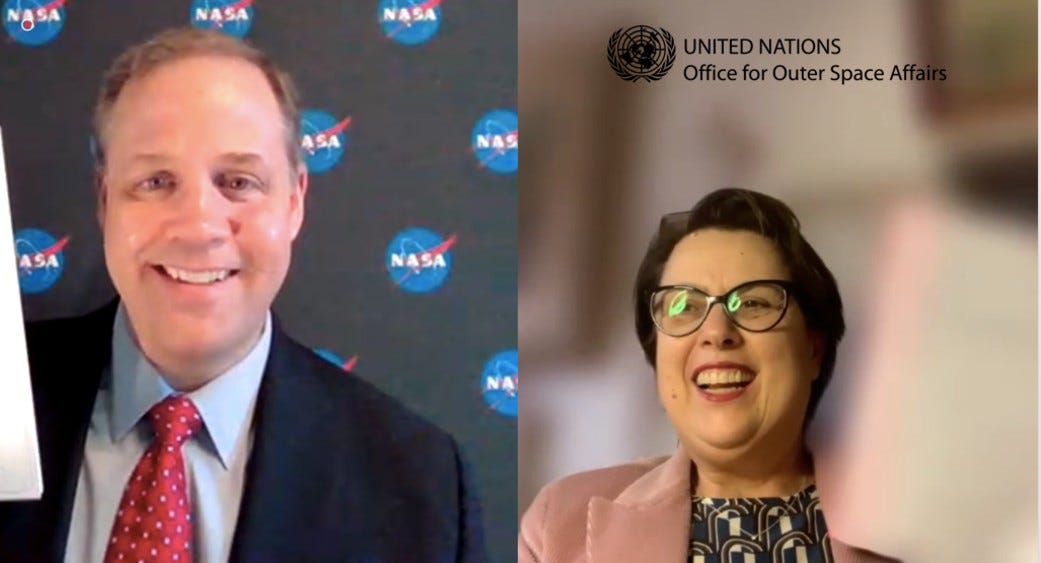
“NASA Administrator Jim Bridenstine and United Nations Office for Outer Space Affairs (UNOOSA) Director Simonetta Di Pippoj during a virtual event at which they signed a Memorandum of Understanding on Peaceful Uses of Space. Image from https://www.nasa.gov/news-release/nasa-un-sign-memorandum-of-understanding-on-peaceful-uses-of-space/ NATO: Established on April 4, 1949, NATO’s primary goal is collective defense among member states. The integration of space operations into NATO’s defense strategy sheds a light on the strategic importance of space in global security.
The United Nations was established in 1945, largely driven by the Allied powers of World War II, including the United States, the Soviet Union, the United Kingdom, and China. Officially, it was created to promote international cooperation and prevent future conflicts. However, there are claims that the organization was started by Freemasons and occultists who have sought to consolidate global power for centuries. While no single individual founded the UN, U.S. President Franklin D. Roosevelt (a Freemason) was a significant figure in its formation, along with leaders like British Prime Minister Winston Churchill (a Freemason), and Soviet Premier Joseph Stalin.
NATO (North Atlantic Treaty Organization) and the United Nations (UN) share a common goal of promoting international peace and security, although they operate in different capacities. NATO, established in 1949, is primarily a military alliance aimed at collective defense, while the UN, founded in 1945, focuses on broader issues such as diplomacy, conflict resolution, human rights, and humanitarian aid.
When NATO was established on April 4, 1949, its founding treaty was signed by representatives from 12 countries, all of which were members of the United Nations at the time. Here are the original signatories of the NATO treaty, along with their titles and UN membership status:
Belgium: Paul-Henri Spaak, Minister of Foreign Affairs (Founding member of the UN, 1945)
Canada: Lester B. Pearson, Secretary of State for External Affairs (Founding member of the UN, 1945)
Denmark: Gustav Rasmussen, Minister of Foreign Affairs (Founding member of the UN, 1945)
France: Robert Schuman, Minister of Foreign Affairs (Founding member of the UN, 1945)
Iceland: Bjarni Benediktsson, Minister of Foreign Affairs (Joined the UN in 1946)
Italy: Count Carlo Sforza, Minister of Foreign Affairs (Joined the UN in 1955; original NATO signatory in 1949)
Luxembourg: Joseph Bech, Minister of Foreign Affairs (Founding member of the UN, 1945)
Netherlands: Dirk U. Stikker, Minister of Foreign Affairs (Founding member of the UN, 1945)
Norway: Halvard M. Lange, Minister of Foreign Affairs (Founding member of the UN, 1945)
Portugal: José Caeiro da Mata, Minister of Foreign Affairs (Founding member of the UN, 1945)
United Kingdom: Ernest Bevin, Secretary of State for Foreign Affairs (Founding member of the UN, 1945)
United States: Dean Acheson, Secretary of State (Founding member of the UN, 1945)
All these representatives were from countries that were UN members at the time of signing the NATO treaty. This close connection highlights the intertwined roles of both organizations in “maintaining global peace and security”.
The Distant Early Warning (DEW) Line, established during the Cold War, extends across the Arctic from Alaska to Greenland, covering regions of strategic importance to NATO and the United Nations (UN). This network of radar stations and its associated travel restrictions raise questions about the true nature of its purpose and the reasons behind its ongoing limitations.
Strategic Locations and Restrictions
NATO and UN Member Areas: The DEW Line traverses areas in countries that are both NATO members and UN participants, including the United States, Canada, and Denmark (Greenland). These locations, marked by their strategic significance during the Cold War, are now under scrutiny due to their restricted access and the historical context of the DEW Line’s establishment.
Restricted Access: The Arctic regions covered by the DEW Line remain some of the most remote and challenging environments on Earth. Travel to these areas is highly regulated, requiring special permits and permissions. This strict control of access mirrors the restrictions seen in Antarctica, where international treaties govern access and activities. The combination of extensive surveillance infrastructure and severe environmental conditions prompts questions about what might be concealed or controlled in these isolated regions.
Current Status of the DEW Line
Decommissioning and Modern Use: Today, much of the original DEW Line infrastructure has been decommissioned or replaced with more modern systems. The network was gradually superseded by newer radar systems, including the North Warning System, which provides similar early warning capabilities but with updated technology. Some DEW Line sites have been dismantled, while others have been repurposed or remain in a state of disrepair.
Ongoing Restrictions: Despite the decommissioning of many DEW Line installations, the Arctic regions where the DEW Line once operated continue to be subject to travel restrictions. These restrictions are primarily due to the harsh environmental conditions and logistical challenges of operating in such remote areas. The limited accessibility ensures both the protection of the fragile Arctic environment and the safety of those attempting to travel there.
Speculative Theories and Questions
Purpose and Secrecy: The strict controls on access to these areas, combined with their strategic importance and the historical context of the DEW Line, fuel speculation about their current use and what might be concealed. Some theories suggest that these regions could be hiding valuable resources, secretive research, or other sensitive information. The restrictions may thus serve to prevent unauthorized access to what might be considered valuable or secretive.
Comparison to Antarctica: The parallels between the restricted access in the Arctic and the Antarctic Treaty’s controls over Antarctica contribute to speculation about hidden agendas. Both regions feature significant limitations on access and activities, leading to conjecture about what might be concealed beneath their icy surfaces or within their remote expanses.
New Infrastructure and Restricted Access
Modern Systems: The DEW Line has been largely replaced by more advanced radar systems, primarily the North Warning System (NWS), which was commissioned in the 1980s. The NWS provides early warning capabilities similar to the DEW Line but with improved technology and coverage. This system continues to serve strategic defense purposes, albeit with updated equipment.
Environmental Protections and Military Installations: In addition to the North Warning System, the Arctic regions also host various military and research installations that contribute to restricted access. These facilities are often involved in environmental monitoring, resource exploration, and national security operations. The remoteness of these installations and their sensitive nature necessitate strict controls to again supposedly safeguard both the environment and the security of the operations conducted there.
International Agreements and Regulations: Some areas are protected under international agreements or national regulations that limit access to preserve the “fragile” Arctic ecosystem much like that of the “fragile” Antarctic ecosystem. These regulations can include restrictions on travel and activities to supposedly minimize environmental impact and maintain safety in these challenging conditions.
Mysteries and Modern Measures: Unveiling the Arctic's Secrets
The transition from the DEW Line to modern infrastructure such as the North Warning System highlights the evolving nature of Arctic defense and monitoring. The continued restrictions on access to these remote regions, combined with the presence of sensitive military and research facilities, contribute to ongoing speculation about what might be hidden or protected. The strict controls in place, along with the parallels drawn with restricted areas like Antarctica, suggest that these remote regions may hold secrets or valuable resources that are not immediately accessible. As technology and geopolitical concerns evolve, the reasons behind these restrictions remain a subject of intrigue and speculation.

Image from https://tenor.com/view/im-not-buying-what-youre-selling-i-aint-buying-it-not-convinced-suspicious-skeptical-gif-15761770 Unseen Alliances: The Collaborative Agendas of NASA, NATO, and the UN
NASA's connections to NATO and the UN reflect a web of scientific, strategic, and diplomatic collaboration that can be seen as both suspicious and unsettling. By providing vital space technology for communication, navigation, and surveillance, NASA enhances NATO's defense capabilities while also supporting the UN's global initiatives, such as supposed climate change monitoring and disaster management. Through the UN Office for Outer Space Affairs (UNOOSA), NASA promotes the peaceful use of outer space and addresses global challenges.
However, how does anyone really know if this is what these organizations are actually doing? They tightly control access to certain regions, restrict independent exploration, and manage the narrative, raising serious questions about what might truly be hidden there. This intricate interplay highlights how these organizations work together to foster international cooperation and security while keeping certain regions off-limits and controlling the story told to the public.
NASA's Artemis Project and the Shadowy Connections to 2025 Predictions
NASA's Artemis program, overseen by NASA Administrator Bill Nelson, is an ambitious plan to return humans to the Moon and eventually send crewed missions to Mars.

Officially launched in December 2017, the Artemis program aims to establish a sustainable human presence on the “Moon” by the end of the decade and use the knowledge gained to prepare for the next giant leap—human missions to “Mars”. Artemis involves various phases, including launching the powerful Space Launch System (SLS) rocket, the Orion spacecraft, and developing the Lunar Gateway, a space station orbiting the Moon. The program is primarily funded by NASA, with significant contributions from international partners and private companies like SpaceX.
Elon Musk, through his company SpaceX, and Peter Diamandis, known for his XPRIZE Foundation, are key players in this lunar endeavor. SpaceX has been contracted to develop the Human Landing System (HLS) for the Artemis program, which will transport astronauts from lunar orbit to the Moon's surface. Musk's involvement goes beyond this; his company, The Boring Company, has developed advanced tunneling machines, sparking speculation about the potential for underground colonies both on Earth. Traffic? Or???
Wouldn’t be the first time people lived underground.
Peter Diamandis has a long-standing connection with space exploration and human settlement beyond Earth. He co-founded the International Space University (ISU), which educates future leaders in the space sector, and the XPRIZE Foundation, which incentivizes radical technological advancements. One of the most notable XPRIZE competitions was the Google Lunar XPRIZE, aimed at challenging and inspiring engineers and entrepreneurs to develop low-cost methods of robotic space exploration. Diamandis's vision aligns with the broader goals of establishing a human presence on the “Moon” and “Mars”, leveraging technology and innovation to make space travel and colonization a reality.
The connections between Artemis, Solar Cycle 25, and various apocalyptic predictions add a layer of intrigue and concern. Solar Cycle 25, which began in December 2019, is expected to peak around 2025, coinciding with numerous doomsday predictions, including those from the Deagel Report, which suggests a significant population decline by 2025 due to a cataclysmic event. This convergence of space exploration and end-of-world scenarios raises questions about the true nature of these missions.

Rumors and theories abound regarding the involvement of Freemasons and globalist elites in these plans. Some speculate that Elon Musk is a Freemason, and that his initiatives, along with the Artemis program, are part of a grander scheme orchestrated by these secretive groups. The idea that Freemasons, who are often linked to various conspiracy theories, could be behind such a coordinated effort adds a layer of suspicion. Is this a deliberate event planned by powerful globalists, or are these initiatives in response to an impending natural occurrence that the public is not being informed about?
For those skeptical about the reality of space travel, these missions raise even more questions. If humans have never truly been to outer space, where are these missions really headed? Some theories suggest that the Moon and Mars could be more accessible locations, or even that they exist within undisclosed areas on Earth. Musk's Boring Company and its tunneling technology could potentially be used to create vast underground cities, similar to historical underground networks found worldwide, possibly as shelters or new living spaces in anticipation of future global crises.

Adding to the mystery, if these powerful figures and organizations anticipate a significant population decrease by 2025, why are they simultaneously planning and building new, futuristic cities? Projects like "The Line" in Saudi Arabia, a 170-kilometer long city designed to house millions with minimal environmental impact, and Elon Musk's proposed city in Texas, seem to align with the concept of "15-minute cities," where everything a resident needs is within a short walk or bike ride. Other global projects, like Telosa in the United States and various smart city initiatives in Europe and Asia, further fuel speculation. Are these developments part of a larger strategy to control and manage the remaining population in a post-cataclysmic world?
And more intriguingly, are these powerful individuals planning to go beyond what is thought to be the ice wall that is off-limits to us all? The idea that there might be undiscovered or restricted territories beyond the known polar regions adds another layer to the conspiracy. If true, this could mean that the missions and technological advancements are directed towards exploring these hidden areas, potentially revealing new resources or even entirely new civilizations.
As 2025 approaches, the convergence of these elements—the Artemis missions, Solar Cycle 25 predictions, and underground infrastructure development—fuels speculation about what might be on the horizon. Are these developments part of a larger, hidden agenda? The restricted access to space, controlled narrative, and significant investments in underground technology suggest that something more significant may be unfolding behind the scenes. The real question remains: what is truly being planned for 2025, and what do these powerful figures and organizations know that the general public does not? What in the Freemason eff is going on?








![[Image - 234095] | conspiracy theorists | Know Your Meme [Image - 234095] | conspiracy theorists | Know Your Meme](https://substackcdn.com/image/fetch/$s_!TRGE!,w_1456,c_limit,f_auto,q_auto:good,fl_progressive:steep/https%3A%2F%2Fsubstack-post-media.s3.amazonaws.com%2Fpublic%2Fimages%2F90b91c8a-2597-4482-8f86-001f6df25b3e_474x413.jpeg)












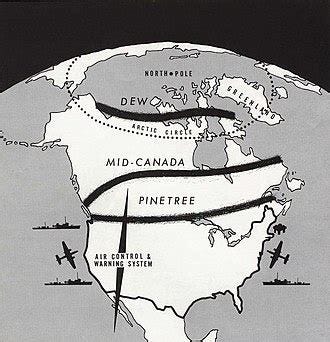



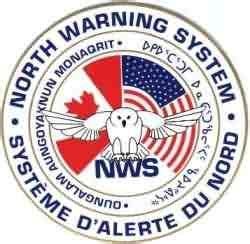
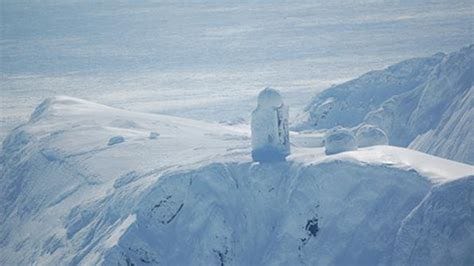





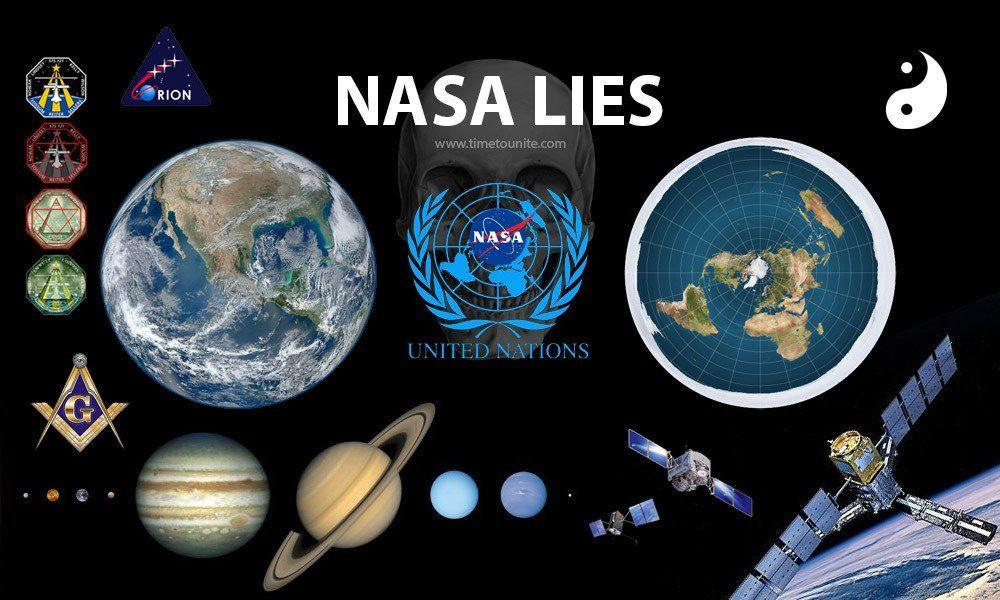
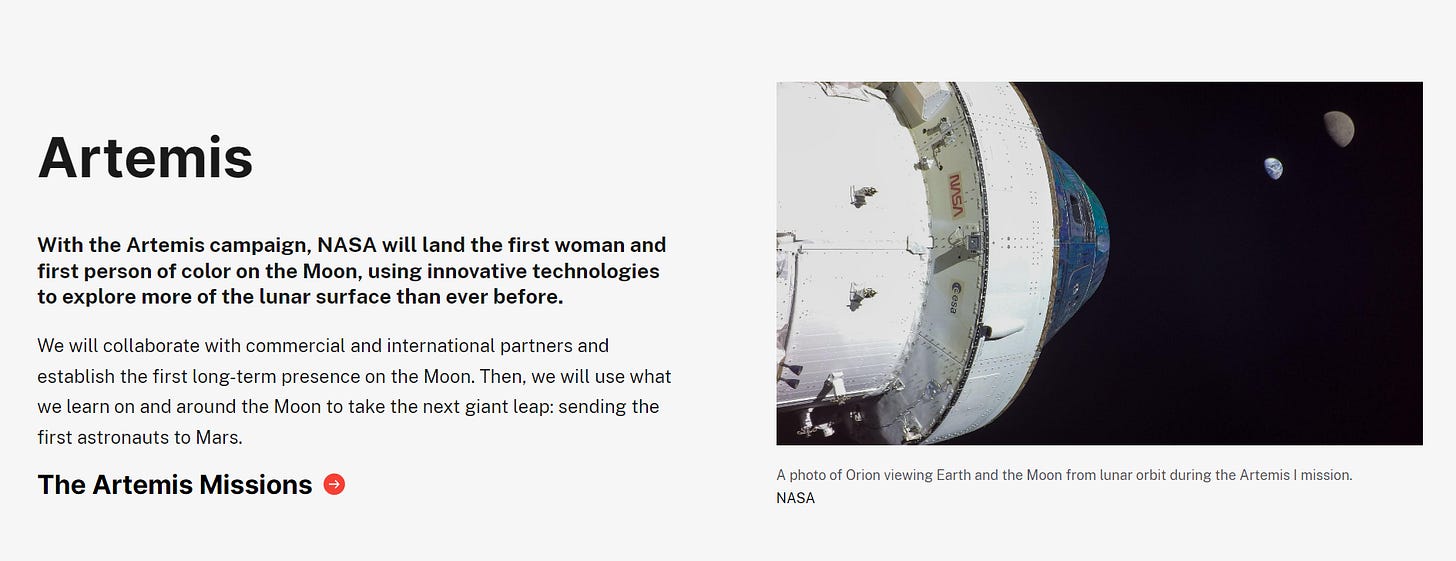




the map with concentric circles looks a lot like the Atlantis “myth”
Artemis (Apollo twin), has NASA been ground zero for R&D on Digital Twin technology? do they need to thin the population ahead of implementation?
more questions no one will ask the candidates on the campaign trail.
what does OTAN mean, why does NATO display the mirror image?
they say OTAN the French term for NATO, very odd…
https://inews.co.uk/news/world/otan-what-stand-for-meaning-nato-alternative-name-countries-explained-1464081